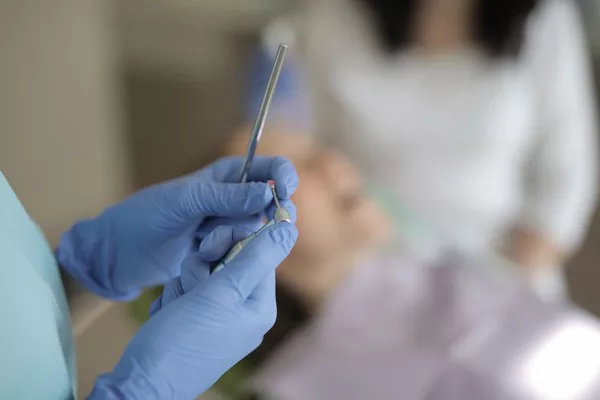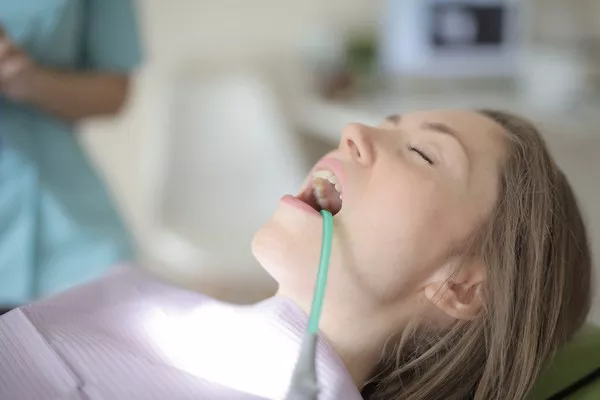After getting cavities filled, many individuals wonder about the appropriate time to resume eating. While it’s essential to prioritize post-treatment care, understanding when and what you can eat can contribute to a more comfortable and successful recovery. This article aims to provide insights into eating after getting cavities filled, addressing common concerns and offering practical guidance for maintaining oral health and overall well-being.
Immediate Post-Filling Considerations
The immediate post-filling period requires special attention to ensure the filling sets properly and to minimize potential complications. This section will discuss the following considerations:
Recovery time: Allow a brief period of rest before consuming any food or beverages to give the filling sufficient time to fully set.
Anesthesia effects: If local anesthesia was administered, wait until feeling returns to avoid accidental biting of the lips, tongue, or cheek.
Sensitivity management: Temporary sensitivity is common after getting a cavity filled. Avoiding certain foods and temperatures can help manage discomfort during this initial phase.
Follow dentist’s recommendations: Dentists may provide specific instructions based on the filling material used, the extent of the treatment, and individual factors. Adhering to their guidance is crucial for optimal healing.
Choosing Foods for Comfort and Healing
During the recovery phase, selecting the right foods can promote comfort, aid in healing, and support oral health. This section will explore the following aspects:
Soft and gentle options:
Opt for soft foods that require minimal chewing to reduce stress on the treated tooth. Examples include yogurt, mashed potatoes, soup, smoothies, and cooked vegetables.
Avoiding extreme temperatures:
Cold or hot foods and beverages can trigger sensitivity. Opt for lukewarm or room temperature options until sensitivity subsides.
Non-acidic choices:
Acidic foods and drinks, such as citrus fruits and carbonated beverages, can irritate the tooth and potentially compromise the filling. Opt for neutral or low-acid options during the initial recovery period.
Nutrient-rich selections:
Ensure that your diet includes essential nutrients like vitamins A, C, D, and calcium to support overall healing and maintain oral health.
Gradually Reintroducing a Normal Diet
As the filling sets and the treated tooth adjusts, gradually reintroducing a normal diet becomes possible. This section will provide guidance on transitioning back to regular eating habits:
Consult your dentist:
Before resuming a normal diet, it’s advisable to consult your dentist to ensure the filling has properly set and to address any specific concerns or restrictions based on your treatment.
Chewing considerations:
Start with softer foods and progressively incorporate more challenging textures as you feel comfortable. Chew carefully and avoid biting directly on the filled tooth initially.
Slowly reintroduce problematic foods:
If certain foods were contributing factors to your cavities, such as sugary snacks or acidic drinks, reintroduce them in moderation while prioritizing proper oral hygiene practices.
Maintain good oral hygiene:
Brushing twice a day, flossing daily, and rinsing with mouthwash are crucial for preventing new cavities and maintaining oral health after getting fillings. Be diligent in your oral care routine.
Long-Term Dietary Practices for Oral Health
Long-term oral health is influenced by dietary choices and habits. This section will highlight important considerations for maintaining a healthy smile:
Balanced and nutritious diet: Emphasize a well-rounded diet rich in fruits, vegetables, lean proteins, whole grains, and dairy products to provide essential nutrients for strong teeth and gums.
Limit sugar and acidic intake: Sugary foods and drinks contribute to tooth decay, while acidic substances erode tooth enamel. Minimize consumption of these culprits and rinse your mouth with water after consuming them.
Drink plenty of water: Water helps cleanse the mouth, neutralize acids, and stimulate saliva production, which aids in remineralization and oral health.
Schedule regular dental visits: Routine check-ups allow dentists to monitor the condition of your fillings, identify potential problems early on, and provide necessary guidance for maintaining optimal oral health.
Conclusion
Resuming eating after getting cavities filled requires careful consideration to promote healing, minimize discomfort, and maintain oral health. Immediate post-filling considerations, choosing foods for comfort and healing, gradually reintroducing a normal diet, and adopting long-term dietary practices are essential steps in this process. It’s important to follow dentist recommendations, adhere to specific post-treatment guidelines, and consult with your dentist if you have any concerns or questions.
Related Topics:





























